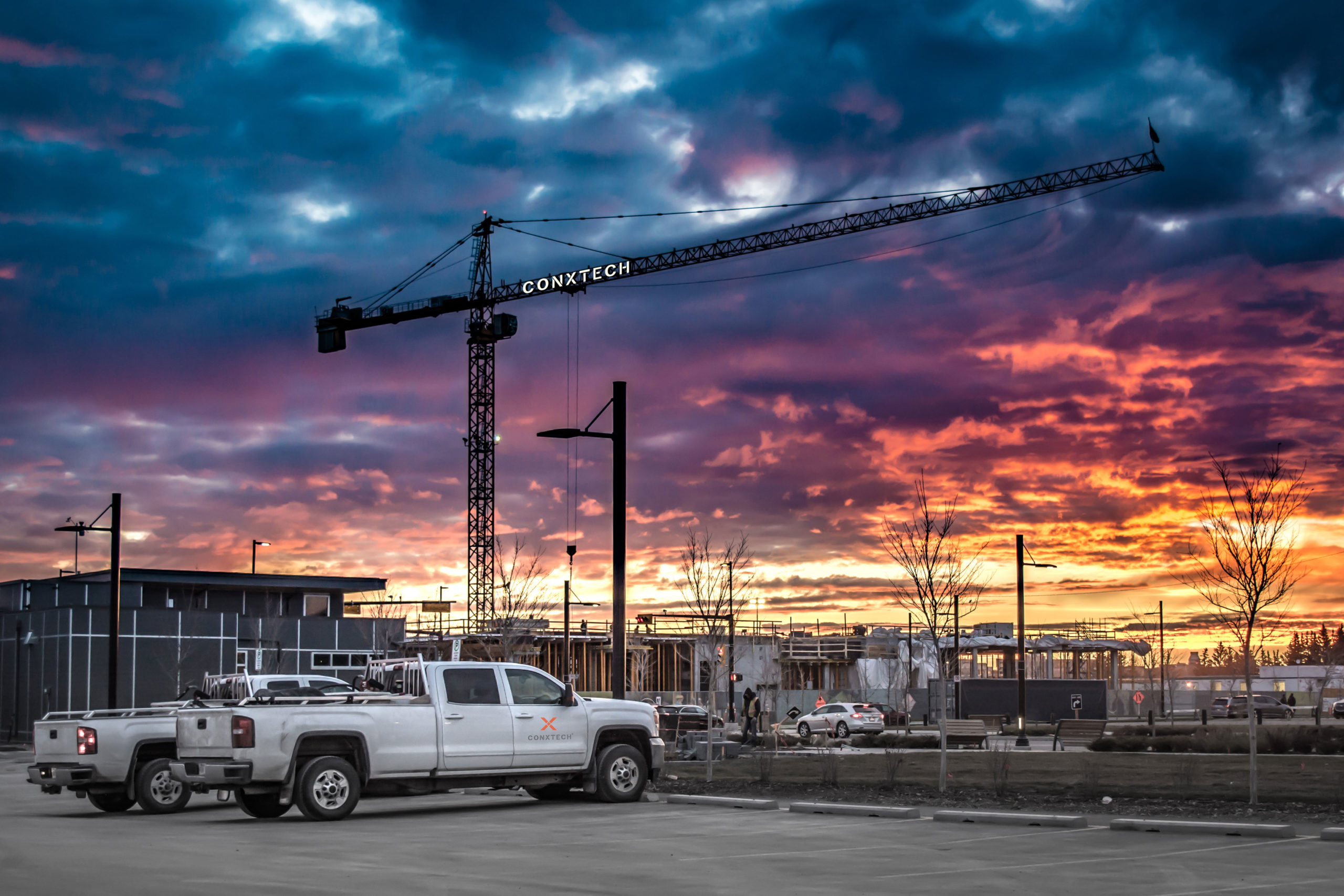Building Better – A Systemized Approach
A ConX frame is just the beginning of what we call our Chassis Based Modular® building system. The building frame is a precise chassis to which other modularized, or factory fabricated building components and systems can be added. This approach allows ConXtech to offer a particularly green, remarkably affordable and sustainable structural solution for nearly any building application including: hospital, medical office, military, governmental, high density housing, mixed-use, commercial office, data center and parking structures.
The ConX System also provides a greener, more efficient solution for a growing number of industrial applications including communications, alternative energy, pipe rack, pipeline and mining structures that can be easily assembled, disassembled and re-purposed.

The world is rapidly changing and society’s appetite for technology has accelerated that change. The developing world is at the epicenter of this change, but the need to build rapidly, cost efficiently and sustainably is not limited to the developing world.
We must house the masses. We must build durable, higher density facilities that can provide the basics to literally billions of people. Simply said, we must build more – for less.
Ironically, technology is not just the driver, but the solution. ConXtech’s technologies hold the potential to be an integral part of the solution.
Leveraging Technology to Build More Sustainably
Technology and automation are the gateway to sustainability. ConX structural components are manufactured in highly automated factories which utilize CAD/CAM, Building Information Modeling (BIM), robotics, CNC machining, specialized fixturing and other state-of-the-art technologies. Technology is the key to cost control and quality and will enable unprecedented collaboration and efficiencies in the use of materials, time and energy in the built environment.
Efficient Use of:
ConX building components are precision manufactured in a factory environment, reducing labor in the field. ConXtech’s Certified Fabricators provide a fixed place of employment – a factory rather than varying job sites, which historically have required an entire labor force to travel great distances from home to jobsite and back – only to travel to begin again at new jobsite or place of employment when a project is complete. This antiquated model makes it impossible for millions of workers to locate their homes near their work because their workplace is transient.
The benefits of ConXtech’s model are abundant. Factory manufactured enables a majority of the construction labor force to locate their homes and families near their place of employment. Fewer miles traveled reduces waste in numerous ways including enormous savings in fuel consumption and CO2 emissions. In the field, ConXtech assembles a structure 2X to 5X faster when compared to conventional methods, and minimizes disruption to the community in which we are building. In remote or industrial applications, the savings are even more significant.
Steel is the most recycled material in the world and is the only truly “Cradle-to-cradle” recycled material.
ConXtech sources steel manufactured in state-of-the-art Electric Arc Furnaces, of which 97% is recycled automobiles or other scrap steel. In addition, ConXtech’s collar forgings are 100% recycled content.
LEED
- Credit 2.1 – Construction Waste
- Credit 4.1 – 10% Recycled Content
- Credit 4.2 – 20% Recycled Content
- Credit 5.1 – 10% Regional Materials
- Credit 5.2 – 20% Regional Materials
- Innovation in Design 1.1 & 2
The Electric Arc Furnace utilizes considerably less energy and resources to produce the equivalent amount of steel in comparison to the traditional integrated steel operation. ConXtech minimizes structure related waste both in the factory and at the building site. All of these things contribute to sustainability of our planet, our communities and our families. Additionally, most of the energy consumed in a ConX factory is electricity in contrast to fossil fuels that would be consumed by field welding.